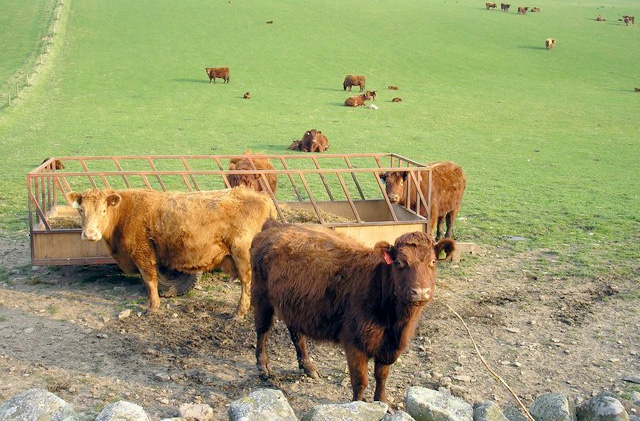 ning cattle prices of late, many have been quick to point the finger at Polish beef imports.
ning cattle prices of late, many have been quick to point the finger at Polish beef imports.The evidence does not however, back up the stories circulating of floods of Polish product swamping the UK market. Official figures show very little increase in Polish beef coming directly into the UK since the summer, when a ban on religious slaughter led to more Polish beef on EU markets in general.
In fact, Polish beef imports to November (the latest date when customs figures are available) increased by 384 tonnes between 2012 and 2013 compared to an increase of 1,783 tonnes from Brazil, 2,082 tonnes from Namibia and 4,002 tonnes from Botswana in the same period.
To put this in perspective, in total between January and November we imported 215,100 tonnes of beef, the vast majority (144,446 tonnes) from Ireland. While beef imports to the UK from Poland actually fell 7% on the year in November, overall beef imports in November were 7% higher than year earlier levels, largely on the back of increased shipments from Ireland, with production in 2013 up 5% on the year.
Despite the fact that comparatively little of the available Polish beef seems to be making its way directly onto the UK market, more of this manufacturing quality, largely frozen beef coming on to EU markets will displace other product and so have a dampening effect on our beef prices, especially for plainer animals.
Looking ahead, a recently released report from the Irish food board also estimates a 6% rise in Irish cattle supplies this year and a 7% increase in export availability. With the UK a key export market, this has the potential to put pressure on our beef prices - however, if consumer demand from other EU countries recovers, this may take some of the pressure off.
Despite the AHDB estimating that 2013 slaughterings were at their lowest for 65 years, the Defra June Census shows an increase in the number of animals currently at slaughter age.
Coupled with the fact that falling prices in the final quarter of last year have provided an incentive for producers to hold on to cattle for longer, it is likely that we will see some of those cattle come forward in the first few months of this year.
AHDB/EBLEX figures bear this out,suggesting that in the middle of January throughputs were up by 6% (almost 2,000 head) on the week, and 7% up on the corresponding week last year.
The messages the union received suggested that with a mild winter, many of the processors have well stocked chillers and with demand normally lower in January, they don’t need to slaughter as many cattle to satisfy demand.
This increased supply at a time of lacklustre demand can only have a dampening effect on price in the short term, especially for cattle which do not meet supermarket spec, which faces heavy deductions.
Looking longer term, the June Census also reported that the number of female beef cattle between one and two years of age was also higher. Although many of these animals will have been slaughtered, the drop in cull cow supply in the last six months, shows that the erosion of the breeding herd may be slowing. The next Defra figures in March are eagerly anticipated to indicate the future supply of quality beef in the UK.
The NFU has continued to urge retailers, processors, food manufacturers and all other parties in the trade to work with British farmers to ensure a sustainable supply of beef from the UK. This involves building long term committed relationships, offering secure, sustainable pricing models which incentivise farmers to make the investments needed to guarantee a bright future for the UK beef herd.





